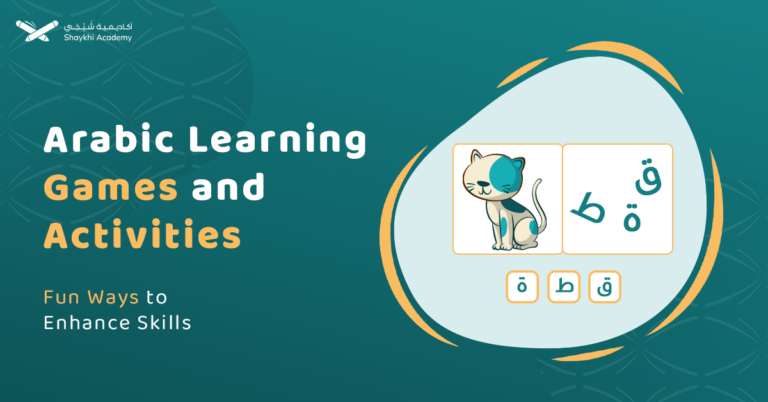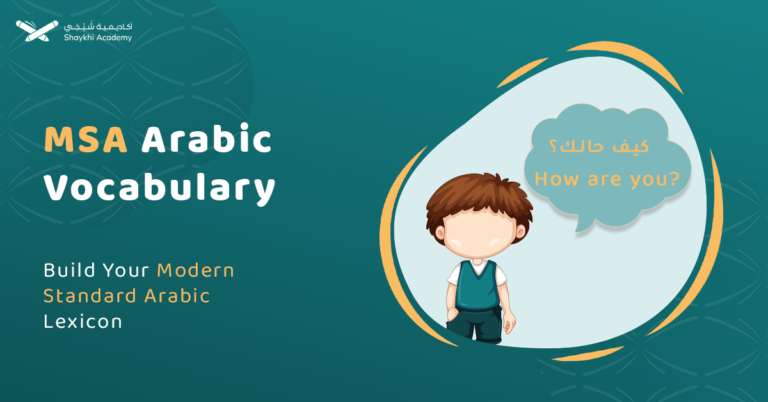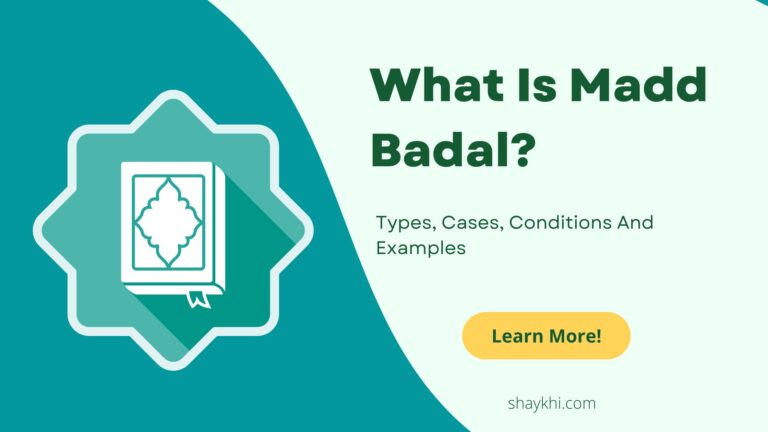
Top 17 Books to Learn Arabic – Free Options Included
Academic books play a pivotal role in facilitating the learning of the Arabic language, serving as essential tools for individuals

Academic books play a pivotal role in facilitating the learning of the Arabic language, serving as essential tools for individuals

It’s important to learn Egyptian Arabic because it’s widely understood and it’s used for different purposes such as learning, tourism………

Learning Arabic becomes a delightful adventure when interactive games and activities are woven into the process. Learners of all ages

Classical Arabic and Modern Standard Arabic (MSA) are two distinct yet interconnected forms of the Arabic language, each holding significance

Learning Egyptian Arabic can be a rewarding experience for those looking to engage more deeply with the culture and people

Makharijul Huruf, or points of articulation in Arabic pronunciation, are debated among scholars, with some suggesting 14, 16, or 17

Learning Arabic as an English speaker can be an engaging adventure rather than a daunting task. Set clear goals and

How To Learn Arabic Vocabulary? Learning Arabic vocabulary can be challenging due to the complexity of the language, including its

Hamzatul Qat (همزة القطع), or the “cutting hamza,” is a fundamental element in Arabic pronunciation that is always pronounced, whether

Throat letters, or Al-Huruf Al-Halqiyah (الحروف الحلقية), are the six Arabic letters (ع, هـ, خ, ح, غ, أ) that are

Madd Badal is a Tajweed rule where elongation occurs when a hamzah (glottal stop) precedes a Madd letter (alif, waw,

In Tajweed, Noon and Meem Mushaddad are critical rules marked by a shaddah (ّ), which indicates the doubling of these